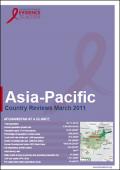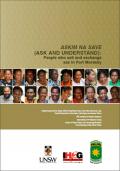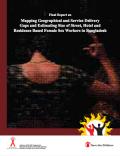Publications on Female Sex Workers (FSW)
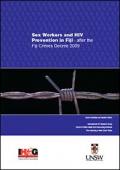
Resource | Publications,
On 1 February 2010, the Crimes Decree 2009 (Decree No. 44) of the Republic of Fiji Islands took effect. A report on sex work and HIV prevention in Fiji had very recently been released. UNAIDS Pacific funded the authors of that report to conduct follow-up research investigating any impacts of the new Decree on sex work and related HIV prevention activities. Thus, the original study was extended to encompass and take account of a changed legal environment. This report is the result.
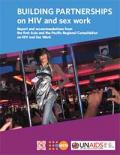
Resource | Publications,
This Regional Consultation, which was the result of an extensive and participatory process spanning over a year, brought together some 140 participants from eight countries in the region as well as selected national, regional and global resource persons that have experience or influence in the area of HIV and sex work.
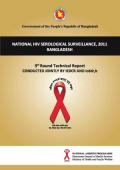
Resource | Publications,
The findings in this report are in general very encouraging as it shows that the overall prevalence of HIV in populations most at risk remains below 1% and most importantly, HIV prevalence has declined among people who inject drugs in Dhaka from 7% to 5.3%. Moreover, hepatitis C has also decline which is a marker for unsafe injecting practices

Resource | Publications,
This mapping exercise was mainly carried out to identify the services delivery gaps of HIV intervention programs currently operating with street based and hotel/residence based female sex workers (FSW) and also to estimate size of the unserved sex workers in street, hotel and residence settings in 29 districts of Dhaka, Chittagong and Khulna divisions
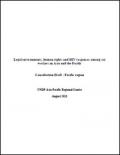
Resource | Publications,
The study focuses on laws and law enforcement practices affecting adults engaged in sex work. The study does not aim to map laws relating to children who are sexually exploited. Although the study considers the relevance of trafficking laws particularly as it affects adults voluntarily engaged in sex work, it does not map all trafficking legislation in detail.
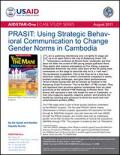
Resource | Publications,
After peaking at 3.2 percent in 1997, Cambodia's HIV prevalence among men and women aged 15 to 49 had dropped to 0.9 percent; it is expected to decline to approximately 0.6 percent by 2012 (Ministry of Health [MOH] 2007). HIV in Cambodia has evolved from a generalized epidemic to one concentrated among MARPs: men who are clients of sex workers as well as their spouses; people who inject drugs; male, female, and transgender sex workers, and MSM.






